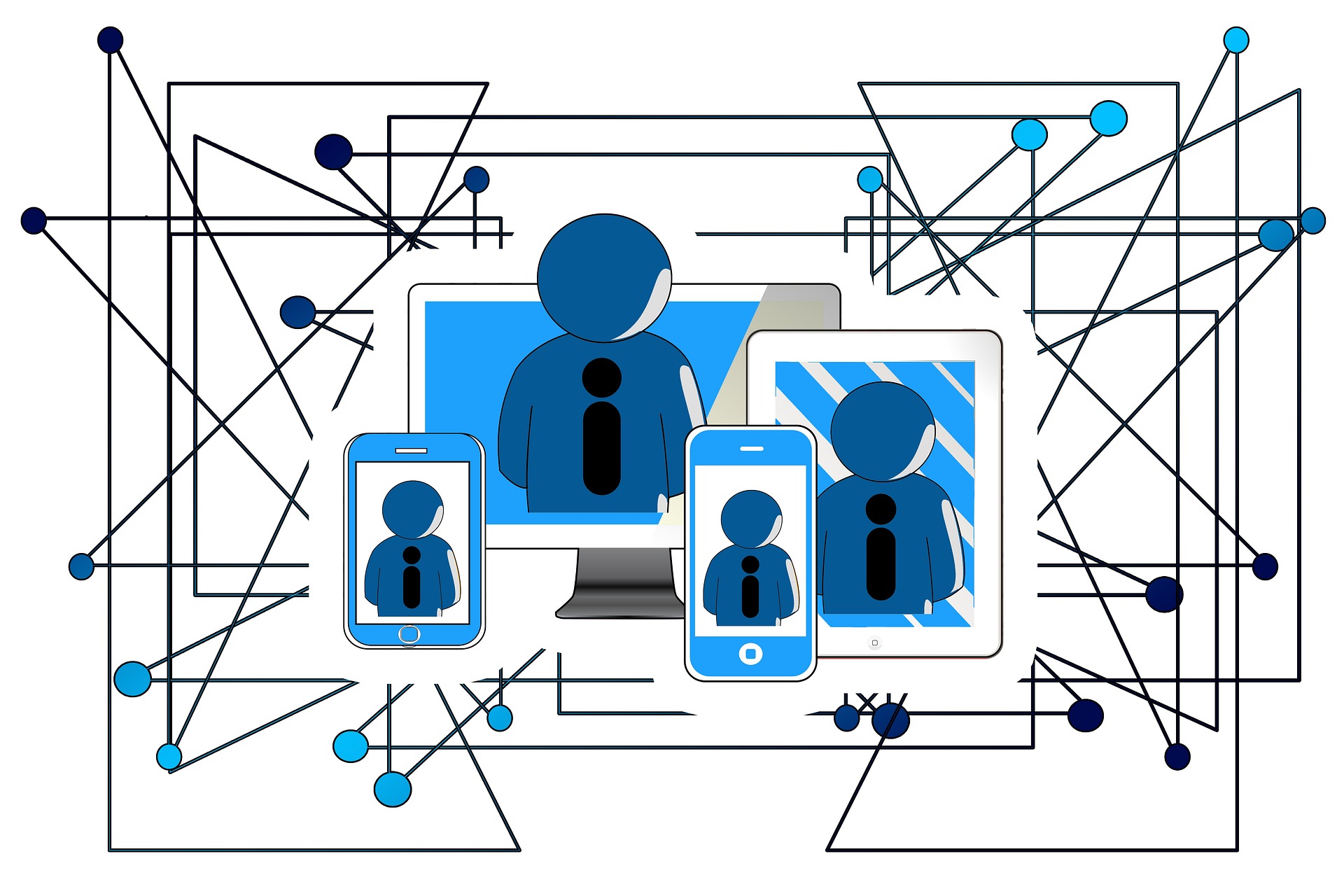The Proliferation of Voice over IP: Transforming Telecommunications
In an era where digital connectivity is king, one innovation has proven transformative—Voice over Internet Protocol (VoIP). This technology, which converts voice signals into digital data that can be transmitted over the internet, has revolutionized the telecommunications industry.

The advent of VoIP can be traced back to the inception of the internet itself, with the first successful experimental VoIP call made in 1974. However, it wasn’t until the late 1990s that VoIP began to gain traction, with companies like Vonage and Skype championing the technology’s potential. The disruption caused by VoIP technology was profound, fundamentally altering how businesses and individuals communicate.
Fast-forward to today, VoIP has become a staple in the telecommunications industry. With advances in broadband and mobile internet connectivity, VoIP calls’ quality and reliability have improved significantly. This has led to a surge in popularity, with many businesses and consumers ditching traditional phone lines in favor of VoIP services.
The regulatory landscape around VoIP has also evolved. Initially, VoIP services flew under the regulatory radar, but as their popularity grew, so did regulatory scrutiny. Today, VoIP services are subject to many of the same regulations as traditional telephony, including requirements for emergency services access and lawful interception.
However, VoIP’s rise isn’t without challenges. Network congestion, latency, and security issues pose significant hurdles. For instance, VoIP calls are susceptible to cyber-attacks, and encryption is often necessary to maintain privacy. Moreover, in regions with poor internet infrastructure, VoIP’s quality and reliability can be compromised.
Yet, despite these challenges, VoIP has found a myriad of practical applications. Businesses use VoIP to improve communication efficiency, while consumers enjoy lower call rates, especially for international calls. The proliferation of VoIP has also facilitated the rise of new communication formats, like video conferencing and instant messaging.
VoIP’s transformative impact on the telecommunications industry is undeniable. It has ushered in a new era of digital communication, reshaping how we connect in the modern world. As internet connectivity continues to evolve, VoIP will undoubtedly remain at the forefront of telecommunications innovation.
By delving deep into its historical context, current trends, and practical applications, it’s clear that VoIP isn’t just a fleeting tech trend—it’s a fundamental part of our digital communication infrastructure. As we move forward, VoIP will continue to shape the future of telecommunications, bringing us closer to a world where communication is seamless, efficient, and accessible to all.





